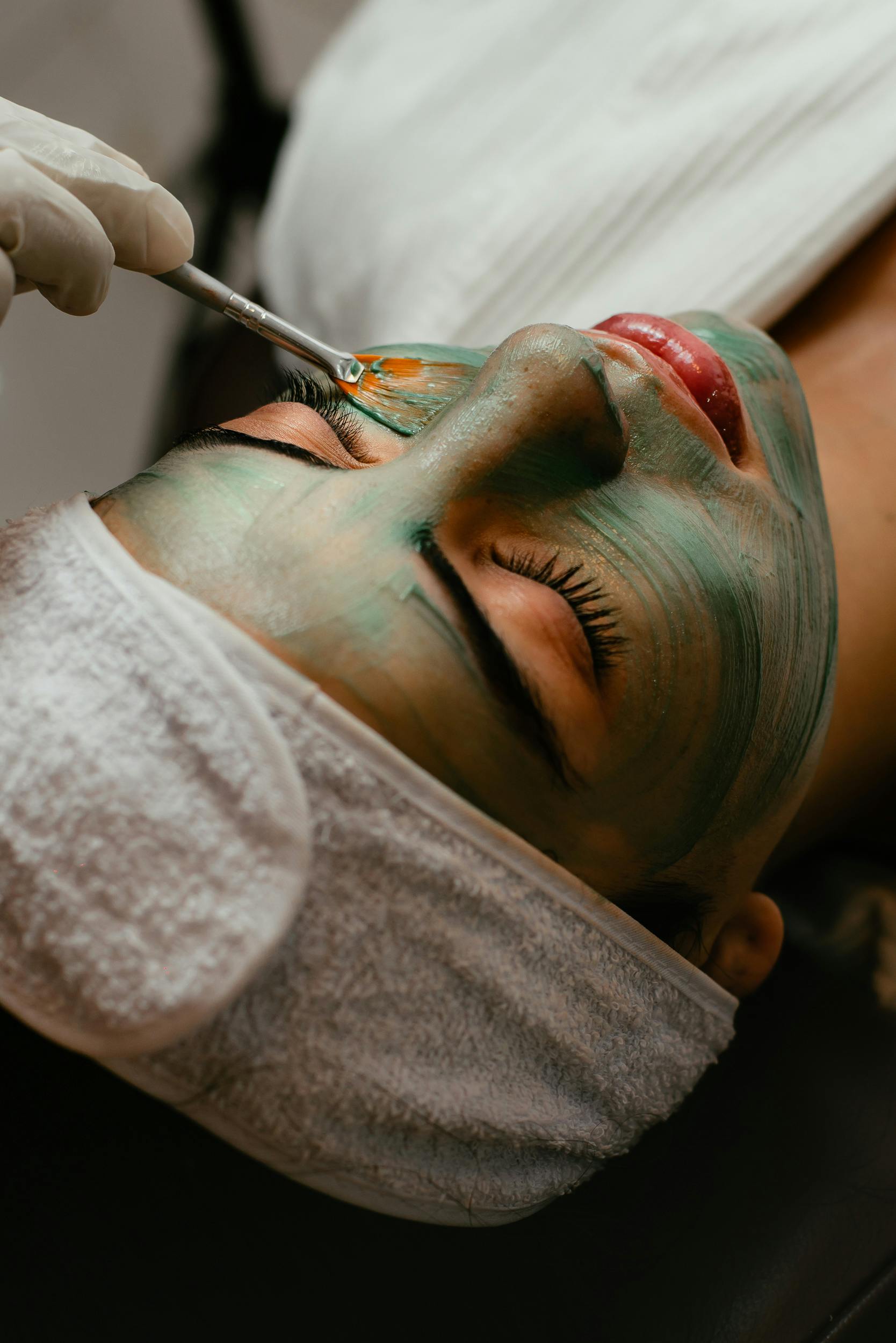Unmasking the Power of Moisturizers: A Deep Dive into Skin Hydration
In the realm of skin and haircare, few topics are as universally relevant as the use of moisturizers. For centuries, human beings have sought ways to hydrate and protect their skin, employing an array of natural and synthetic ingredients. Today, the moisturizer industry forms a significant part of the multi-billion dollar global cosmetics market, with advances in technology and understanding of skin biology driving continuous innovation. While moisturizers may seem like a simple staple in our skincare routine, their history, impact, and the science behind them are far more complex and fascinating. This article will delve into the world of moisturizers, shedding light on their historical context, current relevance, trends, and the unique insights not widely covered elsewhere.

The Early Beginnings: Moisturizers in Antiquity
The use of moisturizers traces back to the earliest civilizations. Ancient Egyptians, known for their elaborate beauty rituals, used oils extracted from plants and animals to keep their skin hydrated and supple. Meanwhile, the Greeks favored olive oil, and the Romans utilized a mixture of beeswax, rosewater, and olive oil, concocting the world’s first cold cream. These early moisturizers were not merely cosmetic but served a practical purpose in harsh weather conditions, acting as a barrier against sun and wind.
In the East, traditional Ayurvedic practices also recognized the importance of skin hydration. Use of plant-based oils, such as sesame and coconut, was common. The historical use of moisturizers across different cultures underpins their universal appeal and the innate human desire for healthy, radiant skin.
The Industrial Era: Evolution and Innovation in Moisturizers
The late 19th and early 20th centuries saw significant advances in moisturizer technology, spurred by industrialization and the burgeoning field of dermatology. The first commercial moisturizers, like Pond’s Cold Cream and Nivea Crème, emerged during this period, promising consumers improved skin health and beauty. These products were primarily oil-based, designed to mimic the skin’s natural sebum and provide a protective barrier against moisture loss.
In the decades that followed, scientists gained a deeper understanding of skin biology, leading to the development of more advanced, targeted moisturizers. The introduction of humectants, which draw moisture from the air into the skin, and emollients, which soften the skin, revolutionized the industry. The advent of non-comedogenic products also offered a solution for those prone to acne, paving the way for personalized skincare.
The Modern Times: The Moisturizer Boom
Today, the moisturizer market is booming, fueled by consumer demand for effective, custom-tailored skincare products. The industry has expanded to include a vast array of moisturizers catering to different skin types, concerns, and preferences, from anti-aging creams to oil-free lotions for acne-prone skin. The rise of K-beauty, with its emphasis on hydration, has further popularized the use of moisturizers, particularly in the form of lightweight gels and hydrating essences.
Moreover, the current trend towards clean and natural skincare has seen a resurgence of plant-based oils and ingredients in moisturizers. Consumers are increasingly seeking out products with fewer synthetic chemicals, favoring those enriched with botanical extracts and antioxidants.
Moisturizers also play a pivotal role in dermatological treatments, aiding in the management of various skin conditions like eczema and psoriasis. They are crucial in maintaining the skin’s barrier function, preventing transepidermal water loss, and reducing inflammation.
The Science Behind Hydration: How Do Moisturizers Work?
Despite their widespread use, the intricacies of how moisturizers work are not common knowledge. Moisturizers operate on three fundamental principles: occlusion, humectant action, and emollient effect. Occlusive agents, like petroleum jelly and mineral oil, create a physical barrier that prevents water loss from the skin. Humectants, such as glycerin and hyaluronic acid, draw water from the dermis into the epidermis and the environment into the skin. Emollients, including fatty acids and ceramides, fill the spaces between skin cells, smoothing and softening the skin.
The effectiveness of a moisturizer depends on its formulation and how well it mimics the skin’s natural hydration process. The latest generation of moisturizers incorporates ingredients that help to repair the skin barrier and replenish essential lipids, offering more than just superficial hydration.
Unseen Impact: The Power of Moisturizers
The impact of moisturizers extends beyond aesthetics. Hydrated skin is healthier and more resilient, better equipped to defend against environmental stressors like pollutants and UV radiation. Regular use of moisturizers can help to prevent premature aging, reduce the appearance of fine lines and wrinkles, and promote a more even skin tone.
Moreover, moisturizers can significantly enhance mental wellbeing. The act of applying moisturizer can be a form of self-care, offering a moment of relaxation in a busy day. The sensory experience of using a moisturizer – the texture, scent, and feel on the skin – can also contribute to a sense of wellbeing.
Moisturizers are a testament to the intertwining of science, culture, and beauty. From their historical roots to their modern-day ubiquity, they remain a fundamental part of our skincare routine, offering a simple yet powerful tool to maintain skin health and boost confidence. As we continue to learn more about skin biology and the impact of ingredients, there’s no doubt that the future of moisturizers holds even more innovation and customization, catering to our ever-evolving skincare needs.




